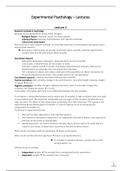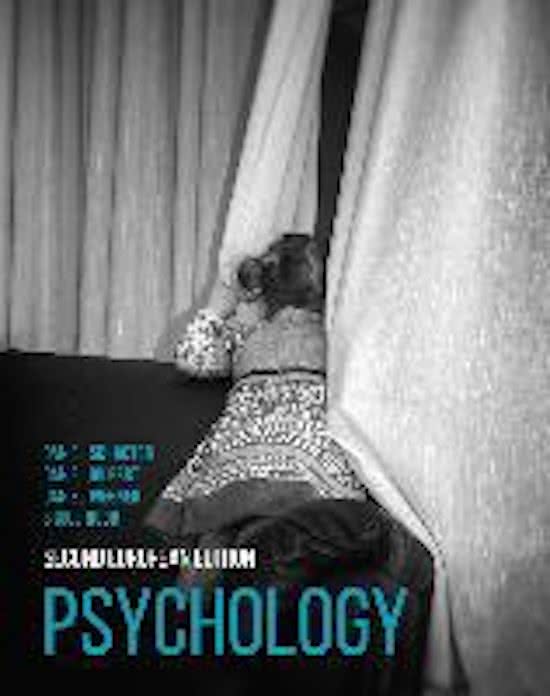College aantekeningen
All Lecture Notes + PowerPoints of Experimental Psychology
In this document, I have written a summary of the lectures of Jean Vroomen at Tilburg University, for the course Experimental Psychology. I used his lectures and his powerpoints to make the summary as detailed as possible. There are also pictures in it from the PowerPoint that are important. There ...
[Meer zien]





